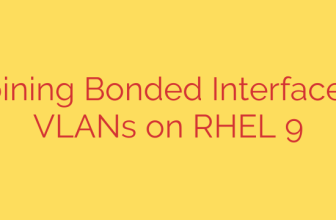
Managing network access securely, especially for wireless connections, is a critical challenge. Devices connecting via Wi-Fi often require different levels of access depending on the network they join. Manually assigning these connections to the appropriate firewall zone can be complex and prone to errors, potentially exposing sensitive internal resources to untrusted networks. This is where a network access control system designed specifically for wireless connections proves invaluable.
Such a system, often referred to as a ‘bouncer’ in this context, functions to automatically evaluate incoming wireless connections. Based on predefined security policies and rules, it intelligently determines which firewall zone the connection should be assigned to. This automated assignment ensures that devices connecting to, say, a guest Wi-Fi network are placed in a highly restricted zone, while devices on a corporate internal Wi-Fi are assigned to a more trusted network zone with appropriate access permissions.
The primary benefit of this approach is a significant enhancement in network security. By automating the process, it eliminates the risk of human error in configuration. It ensures that only authorized traffic reaches specific segments of the network, effectively enforcing least privilege access. Furthermore, it simplifies network management, reducing the administrative overhead associated with onboarding and managing numerous wireless devices. Organizations can maintain a clear separation between different types of wireless traffic, applying tailored security policies to each zone. This proactive approach prevents potential lateral movement by attackers or accidental exposure of internal assets. Implementing such a system is a best practice for maintaining a robust and secure wireless network environment.
Source: https://www.linuxlinks.com/bouncer-chooses-correct-firewall-zone-wireless-connections/








